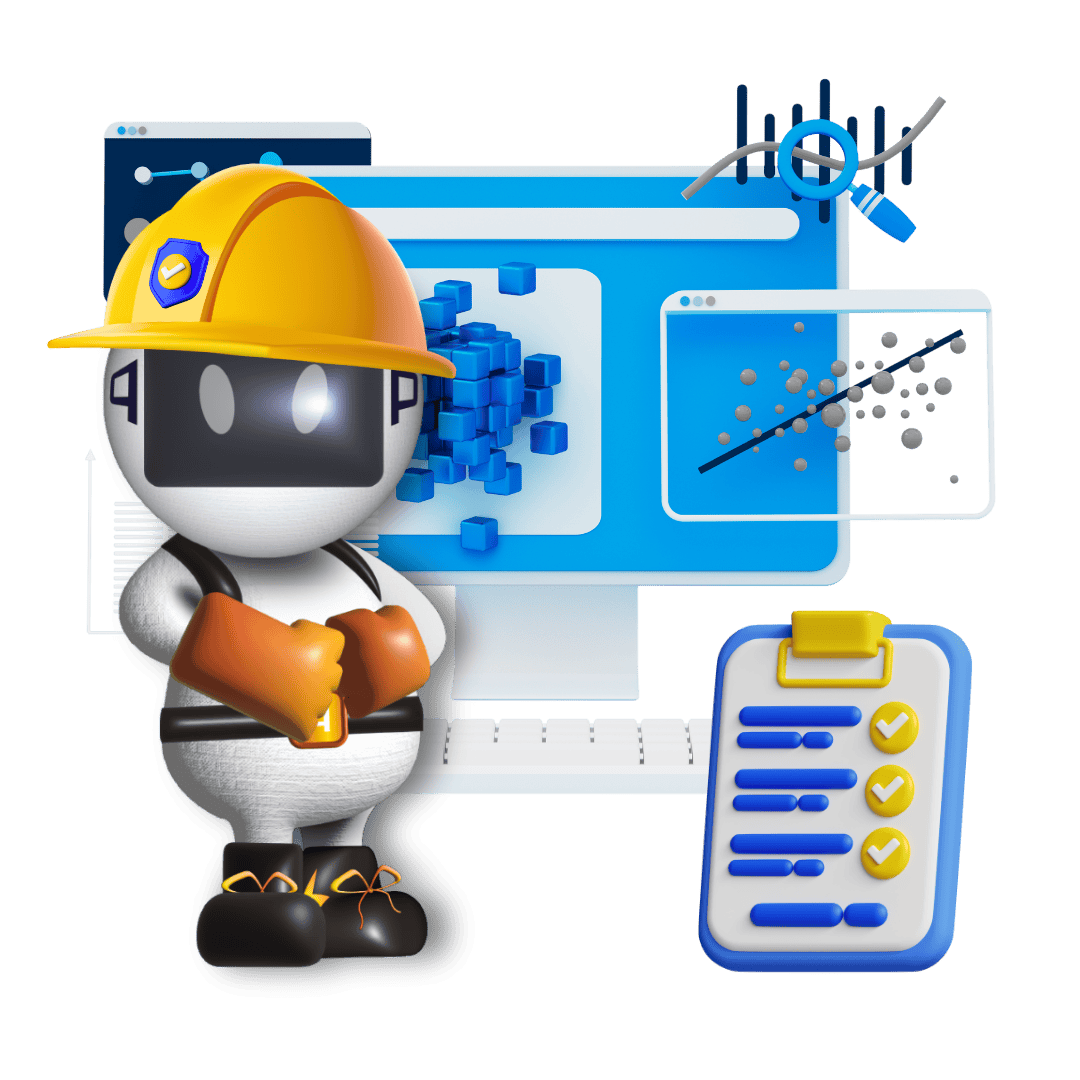Search engine optimisation

Why search engine optimisation pays off?
Whatever the stage in the buying process, from searching for information to comparing products or buying intentions, information is most often sought online. Good online visibility is therefore an essential part of reaching potential customers. No matter how good your website is, it is of no use if a visitor cannot find it.
Search engines play an essential role in web visibility. The top ranking results on their search results pages attract the most clicks and the most traffic, with the greatest potential for customer acquisition. Few people get lost on the second page of search results. It is therefore not indifferent how a website gains visibility for different keywords.
Increasingly, searches are also carried out in AI applications or on social media channels. These are issues that increasingly need to be taken into account in the design and implementation of content.
Search engine optimisation should be started at the design and implementation stage, but it is an ongoing, long-term process.
Towards full online visibility
The main goal of Search Engine Optimization (SEO) is to get your website as high as possible in the organic results of search engines (of which Google is by far the most popular).
In addition to the search engine visibility itself, you should aim for the widest possible visibility across the web. In addition to SEO work on your own website, it is therefore worth considering other ways to influence overall visibility (e.g. links from other websites, ensuring local visibility and social media exposure).
Where appropriate, paid advertising can be used to boost search engine visibility.
Areas of search engine optimisation
Search engine optimisation of a website involves a variety of steps and measures that comply with search engine guidelines.
Technical search engine optimisation
Technical SEO is based on factors such as how a website is built, its site hierarchy, how quickly pages load and its usability on mobile devices.
Content optimisation
Keyword research, identification and analysis of relevant search terms serve as a starting point for content optimisation.
As a rule of thumb, provide the reader with what they are looking for and what they will benefit from. Informative, valuable and well-structured content that meets the needs of searchers will serve the website visitor as well as search engines and AI applications.
On-page SEO
Examples of search engine optimisation targets within a website include its content, headers and footers, images, title tags, meta descriptions and structured data. It is also essential that the pages can be indexed by robots and that the links within the site are in order.
Internal links and user-friendly content design, such as lists and paragraph divisions and the use of proper headings, are useful for the reader and also for search engines.
Off-page SEO
Search engine optimisation is also done outside the website itself. Most often this involves link building, but it can also include things like social media activities or raising brand awareness.
Local SEO
For websites, it is often worth paying attention to local keywords.
Local visibility services (Google Business Profiles and local directories) are also tools for search engine optimisation.
Analytics and monitoring
Analysing and monitoring search results is an essential part of ongoing search engine optimisation work. The use of various analytics tools and SEO software allows you to track the evolution of your rankings and user experience on your website.
Search engine optimisation steps
SEO work starts with goals. What do you want to promote and to whom? Do you want to create content for the early end of the purchase path or more converting content for the visitor who is about to buy. Based on this, plans are created and implemented.
Mapping the current situation
Search engine optimisation starts with an inventory of the current situation and your wishes.
On the content side, keywords related to the topic are identified and keyword analysis is carried out. This will show how much and with which keywords people are searching for the topic online and how the web content currently ranks in search engine results.
Analysing the competitive situation and the external and internal links will give an idea of the current situation.
On the technical SEO side, the state of the site is examined using the appropriate software.


Planning the actions
Taking into account the information gathered during the initial mapping and the resources available, the keywords to be optimised are selected and the actions to be taken on and for the site are planned. These may relate not only to the production of content, but also to technical measures and the structure of the site
Implementation of optimisation
The implementation itself is a long-term, ongoing process, with possible technical improvements, adding links, improving old content and creating new content.
At the same time, it monitors the progress of the results and seeks to address any problems or shortcomings.
SEO is a constant race against other websites. At best, results are quick, but in other areas the competition is fierce and just to catch up with the competition takes constant effort, and even more work to stay ahead.

